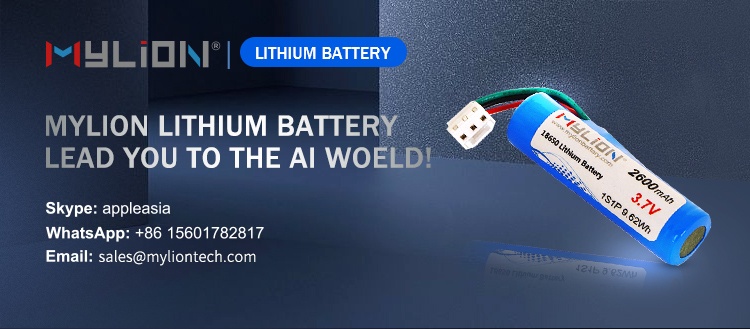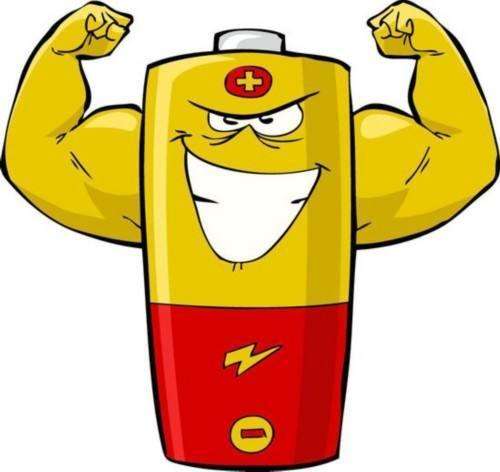
1. Lithium battery buck-boost test
First, let the lithium battery drop to 3.3V through the step-down chip, then power the microcontroller and the Bluetooth module, and plan to raise it to 7V to carry a load.
Result: The Bluetooth module does not work and cannot be searched. Remove the Bluetooth, the MCU and the load work normally. When the single-chip microcomputer is removed, the Bluetooth and the load work normally. When a single set of power supply is not used, all three work normally.
Description: xc6206 for step-down and fd6291 for step-up.
2. Lithium battery step-up and step-down issues
Let’s analyze the causes of the above problems, find out the common faults of the lithium battery buck-boost, and learn together.
Lithium-ion batteries have a certain range of cell voltage. For example, the normal operating voltage range of lithium iron phosphate batteries is 2.5V-3.65V, and the normal operating voltage range of lithium manganese oxide and ternary batteries is 3V-4.2V.
In the application of lithium-ion batteries, when the total voltage is 60V and below, a battery protection board is required. Above 60V, a battery management system (BMS) is required. The role of these two devices is to protect the battery from working properly.
Note that after the number of strings of the battery pack is determined, the voltage of the battery pack cannot be adjusted arbitrarily. That is, the voltage change of the battery pack can only change within the normal working voltage range: when charging, it rises from the lower voltage limit to the upper voltage limit. When electricity is used, it drops from the upper limit of the voltage to the lower limit of the voltage.

Understand this problem, if you want to make the lithium battery have a wide range of voltage rise and fall, you can adjust it at will.
The best solution: make a set of battery packs, equip a suitable inverter, and equip a DC voltage regulator to meet the voltage step-up and step-down requirements of lithium batteries.
Note: This method is rarely used in practical applications, unless the AC power used is often out of power, or when solar or wind energy is used to charge the battery pack, this method of step-up and step-down will be considered.
The above method of step-up and step-down of the lithium battery can be used in the experiment, and the effect is good for research and learning.






